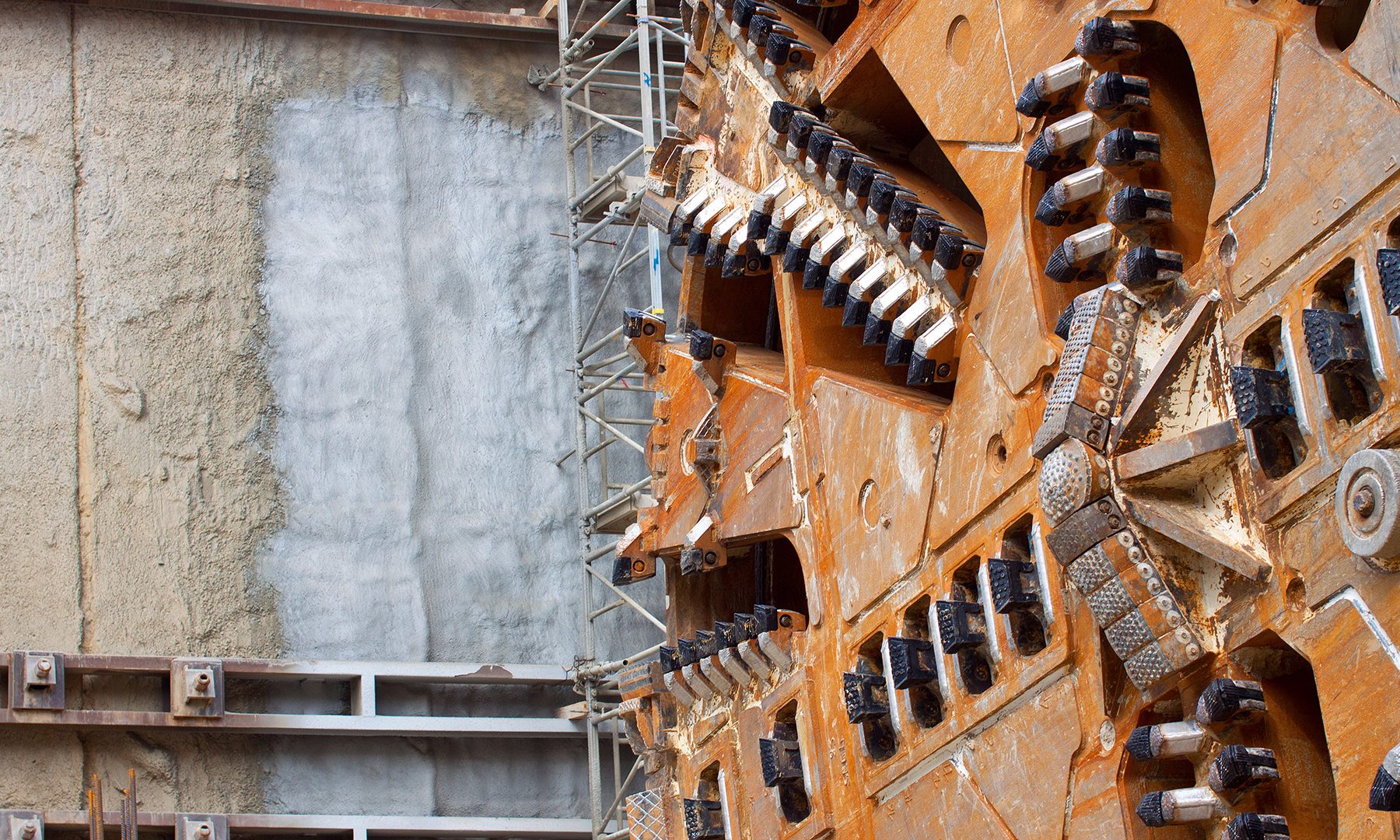Scope of Supply
NLT provided the Brisbane North South (N-S) Bypass Tunnel project with a personnel and equipment tracking solution (including VoIP phones), environmental monitoring for gas levels and airflow, and a fuel-usage monitoring system.
Site Detail
The project site is in the city of Brisbane, Queensland, on the east coast of Australia. The Brisbane N-S Bypass runs underneath the Brisbane River, linking the two sides of the city. The entry point on the south side at Kangaroo Point is comprised of two actual portals, with the north side entry located at Bowen Hills.
Project Challenges
The Brisbane North South (N-S) Bypass Tunnel project was comprised of three portals with two parallel tunnels, resulting in three physical sites to work on. Enabling communications and the ability to view details of each of the individual sites – on location or off – posed a challenge for project coordinators.
Project Details
The impetus of the project began with an interest in NLT’s gas monitoring solutions. Once familiar with how the system operated, the customer recognised the benefit of investing in a single network – from one company – with the capability to address all their needs. Using this single network solution to provide phone communications while also monitoring gas, airflow, personnel and equipment location, significantly reduced the overall cost and complexity of the system.
Design and supply of the fully functional, integrated 802.11 b/g Wi-Fi based communications, monitoring and RF system included the following product components:
- 17 nodes with dual radios, providing a redundant radio link with battery back up
- RFID readers placed every 200 meters
- 600 personnel tags
- 145 asset tags
- 20 VoIP phones and associated network equipment
- 15 gas monitoring stations
- Fuel usage monitoring
- 10 kilometers of fibre to support the network
NLT’s Digital System is integrated to allow crews to communicate across the three sites (and with the outside world) using VoIP phones. Each site has the ability to connect to the monitoring systems in place in their sister sites (via an ADSL link) to view the gas levels and airflow, and the location of personnel and equipment. The underground portion of the network is connected with NLT supplied fibre optic cable, but also has a redundant wireless link in the event any fibre damage occurs. The complete system is available using standard Wi-Fi devices, including laptops and tablets, to be used anywhere on-site and underground.

